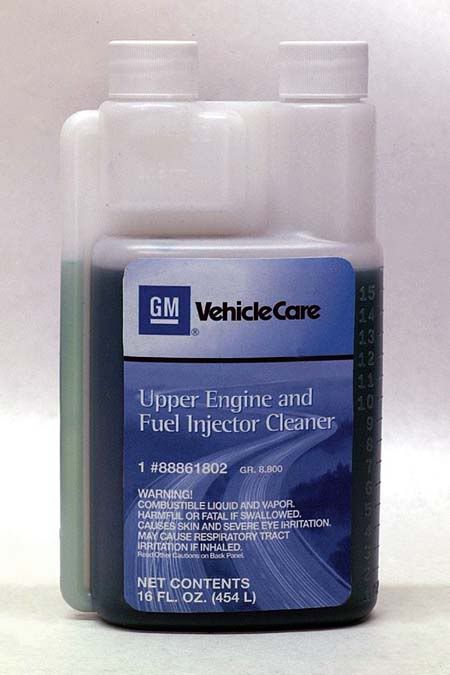dburrows6735
XS400 Enthusiast
Hey guys,
I did my "do diligence" and searched the site for guys using sea foam but really never got any good info. Anyone use it in their oil case?
When you put it in the gas did you just add it to a full tank or pour it directly into the vacuum fuel line like the can says? My bike is running well but just wanted to do some preventative cleaning, seeing this is the first full summer it has run in 3 years.
Is this stuff the magic worker like I have been hearing? Or is it a waste of time, for a bike that is running decent?
Thank
David
I did my "do diligence" and searched the site for guys using sea foam but really never got any good info. Anyone use it in their oil case?
When you put it in the gas did you just add it to a full tank or pour it directly into the vacuum fuel line like the can says? My bike is running well but just wanted to do some preventative cleaning, seeing this is the first full summer it has run in 3 years.
Is this stuff the magic worker like I have been hearing? Or is it a waste of time, for a bike that is running decent?
Thank
David


